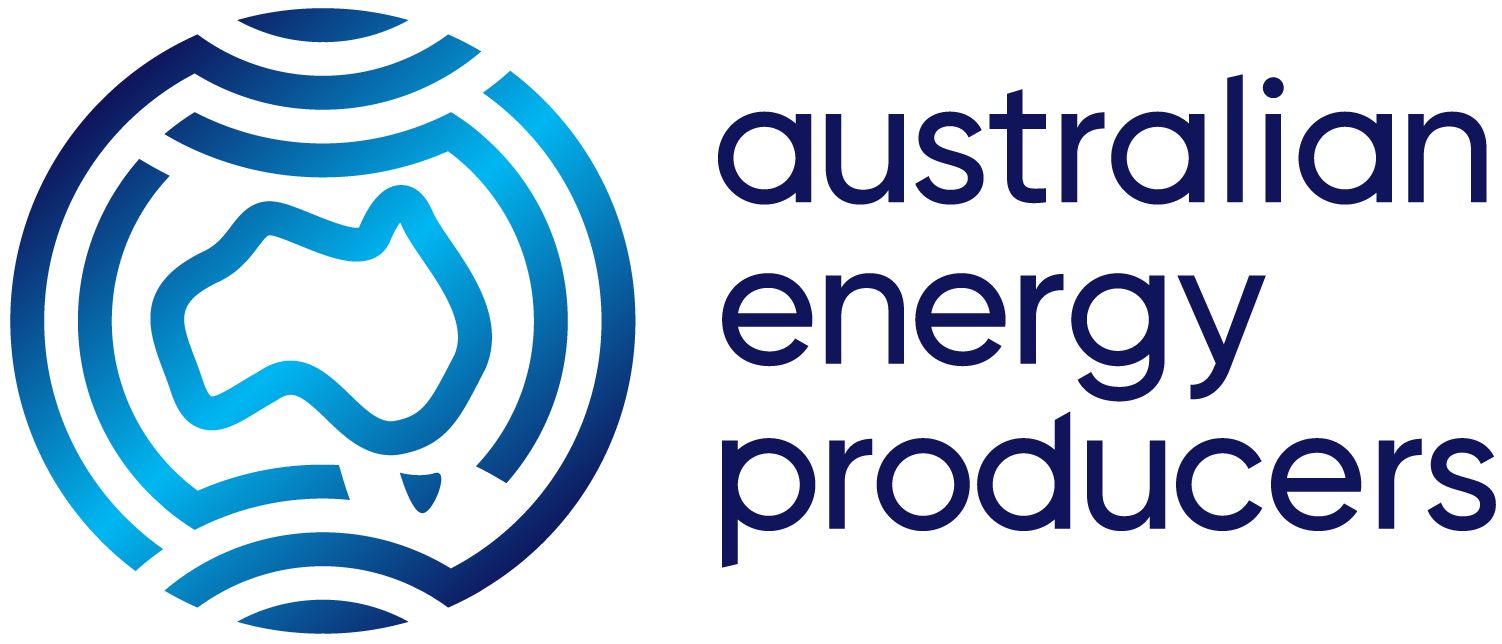27 Oct 2021
Media release: Opportunity for Territory to drive a cleaner energy future for the region
The Chief Executive of the voice of Australia’s oil and gas industry today outlined the role the Northern Territory and Australia can play in a cleaner energy future for our region, ahead of the COP26 meeting in Glasgow starting later this week.
Speaking today at the South East Asia Australia Offshore & Onshore Conference, held at the Darwin Convention Centre as part of NT Resources Week, APPEA Chief Executive Andrew McConville said coal-to-gas switching in Asia was driving a long-term increase in regional demand and was a proven pathway to reduce emissions our region.
“Demand for natural gas is forecast to double in the next 20 years as governments in these developing nations seek to provide their citizens with reliable, affordable, and cleaner energy,’ Mr McConville said.
“By responding to this need through the development of the Beetaloo Basin and continued operation of offshore projects, the Territory could secure its future for decades with new jobs, local business opportunities, new downstream manufacturing industries and more LNG for export.”
Heading into COP26, Mr McConville said he was pleased to see the strong focus on technology, where Australia’s oil and gas industries are already making significant progress.
Mr McConville said technologies like carbon capture and storage and hydrogen are the game changers that will deliver a decarbonised energy system that continues to deliver secure, affordable supply.
‘’Hydrogen is the fuel of the future and Australia, as one of the world’s largest LNG exporters, is in the box seat to take advantage of its current infrastructure and expertise to produce and export low-emissions hydrogen from natural gas.
‘’Government analysis has shown a domestic hydrogen industry could add as much as $26 billion a year to GDP and create 16,900 jobs in a high-growth scenario, while the IEA estimates that hydrogen could account for around 15% of global gas network volume by 2030.
“Ninety-eight per cent of the hydrogen that’s currently produced comes from hydrocarbons and so-called blue hydrogen – using natural gas with carbon capture and storage – has the most potential for developing a commercial-scale clean hydrogen industry,’’ said Mr. McConville.
Mr McConville said industry was critical to helping the Australian Government deliver on its commitment to zero net emissions by 2050 across the economy.
“We need all emissions reduction pathways to get us to net zero and gas has a critical role to play as nations reduce their exposure to coal.
‘’For Australia to maintain our position as an energy exporter we need to get the policy settings right – to both attract investment in new supply projects and in low-cost carbon abatement.
‘’Investment in technologies like CCS and hydrogen is the catalyst for new industries, new export opportunities and a lower carbon energy future.
“The world continues to need reliable, secure and competitively priced energy. It is crucial to our everyday lives – not only in Australia but to the millions of people living without this basic need around the world,’’ said Mr. McConville.
Read the media release as a PDF

